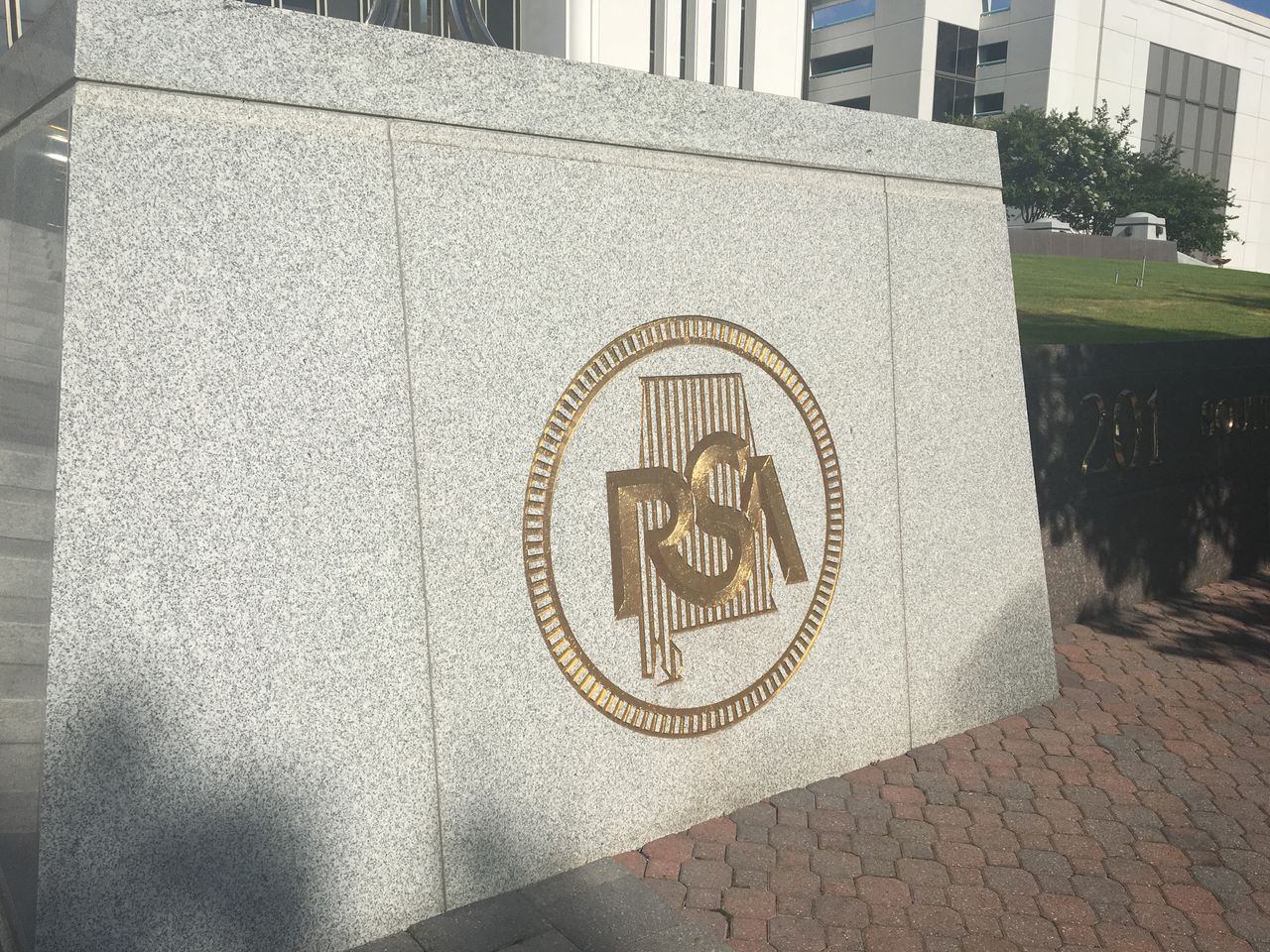Guest opinion: Day of reckoning for the Retirement Systems of Alabama
This is an opinion column
Like other public pension systems, the Retirement Systems of Alabama (RSA) cannot be blamed for the market conditions that resulted in their disappointing investment performance for the year. But they should be held accountable for staking their financial health on what financial experts agreed were unrealistically high assumed rates of return.
The RSA recently reported returns of negative 13.18% and 13.02% on their two major public employee pensions, the Teachers’ Retirement System and the Employees’ Retirement System. This puts their ten-year historical rate of return roughly ten basis points below their currently assumed rate of return of 7.45%. The RSA’s assumed rate of return is one of the highest assumed rates of return among public pension systems in the nation. And it was only under tremendous pressure and with much reluctance that the RSA started gradually dropping its assumed rate of return from its historical level of 8%.
And the RSA is not alone in its recent lackluster performance. A recent Reason report found that while the median assumed rate of return among public pensions was 7%, their median return was -5.4% in 2022.
Experts warned the RSA and other public pension systems that they should drastically lower their assumed rates of return to help them keep their retirement promises to public employees. Assuming high rates of return while the return on safe assets, such as the Ten-Year Treasury, plummeted necessarily meant that public pensions were taking more elevated levels of risk in equity and private placement investments.
Many public pension systems ignored the advice of these experts, insisting that they could perpetually maintain their historical investment performance. The RSA’s CEO accused me of writing creative fiction and being “a poor steward of facts” for arguing that the RSA should lower their assumed rates of return. This helped fuel a campaign of targeted harassment against me, an academic scholar, for offering my humble articulation of the consensus financial advice.
Despite my treatment, I sincerely hoped that the RSA would be able to beat the odds in its high-risk strategy for the sake of Alabama’s public employees and taxpayers. Even if their risk paid off, such luck would not have vindicated their assumption of that risk on the backs of taxpayers and pensioners. But luck was not in the cards. While no one could have predicted a global pandemic, a Russian invasion of Ukraine, and not-so-transitory inflation, prudent investors don’t have to predict the future; they just need to be prepared to weather periodic downturns.
The extent of the damage that RSA’s poor investment performance will have on its funding health remains to be seen. Like many public pensions, the RSA smooths reported assets over five years, so it will take that long to learn the full impact of this year’s lackluster investment performance. We do know that this year’s poor performance came when the RSA was still trying to catch up from the Financial Crisis, with its funded ratio for its two major funds in 2020 still roughly ten percentage points below its pre-Financial Crisis level. As the RSA’s latest newsletter admits, unfortunately, it is nowhere near certain that the worse is behind us with a “litany of issues on the horizon.”
Financial experts thought the Financial Crisis would lead public pensions to adopt more realistic assumptions, but that failed to materialize. Will our current economic situation finally provide the wake-up call for legislators to reign in and reform public pensions reluctant to face reality, or will we wait until it is one downturn too late for sensible reform?
Daniel J. Smith is a Professor of Economics in the Political Economy Research Institute in the Jones College of Business at Middle Tennessee State University. He is the co-author of The Political Economy of Public Pensions (Cambridge University Press).
